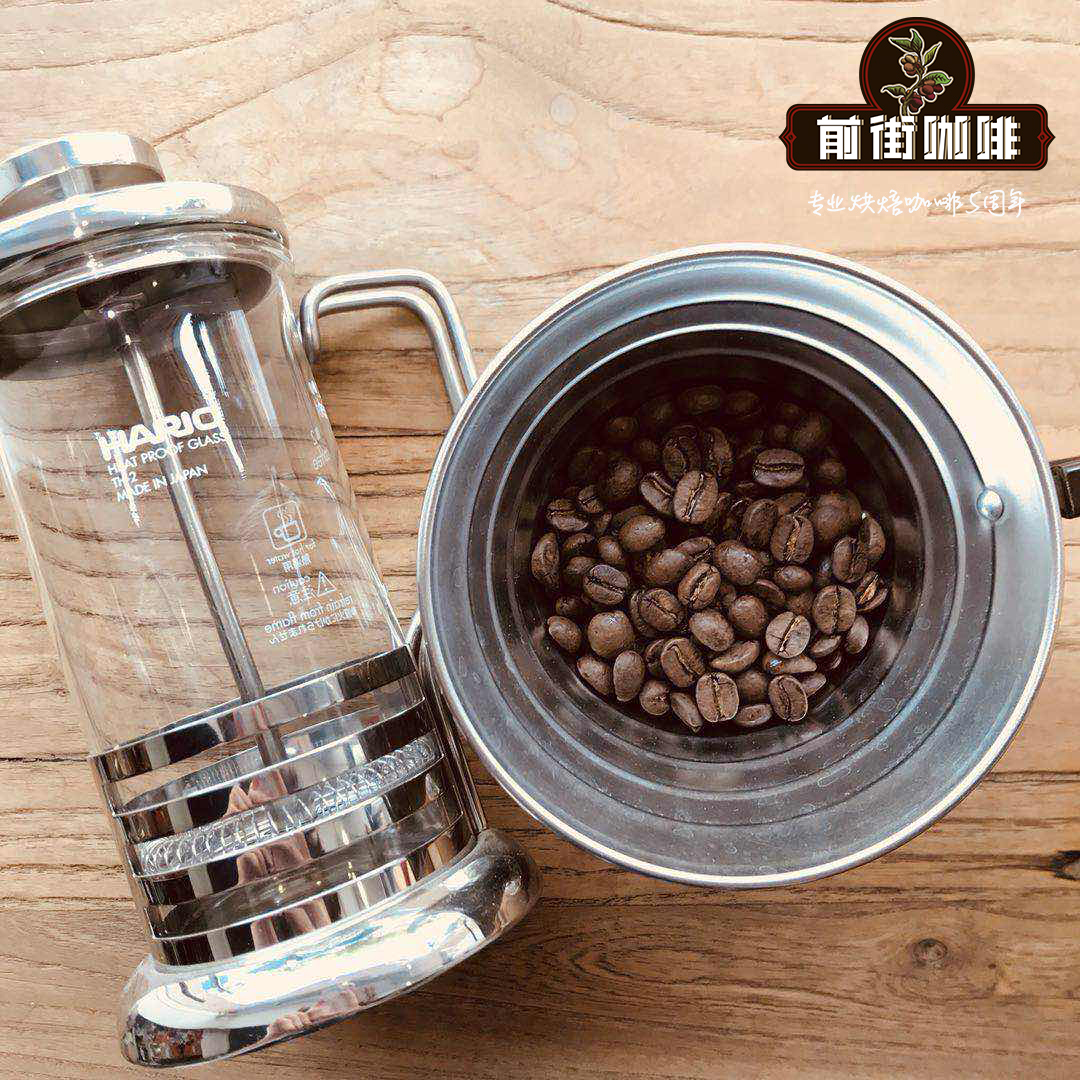What are the characteristics of Peruvian coffee Peru? Peruvian coffee cooperative introduces Peruvian coffee flavor

Peru Peru
Peru is dominated by small farmers, each with less than two hectares of land and producing about 3000 pounds of coffee per hectare. Peruvian coffee is planted in high-altitude areas, mainly Arabica varieties. Under the slow mature growth, the density of beans here is higher, and the flavor changes a lot. Among them, the highest altitude, Peru's most important coffee producing area is: cha Mayou Chanchamayo, located in the central highland on the eastern side of the Andes. This was followed by Amazon Amazonas and St. Martin San Mart í n, located in the northern highlands on the eastern side of the Andes.
Peru Yanisha Cooperative G1 washing Peru Cepro Yanesha G1 Washed
■ country: Peru
■ producing area: Villa Rica, Oxapampa
■ altitude: 1200-1800 m
■ treatment: washing
■ level: G1
■ variety: Arabica
■ flavor description: herbs, chocolate, hazelnut, cream, caramel sweet, citrus sour
The administrative district of Villa Rica, where the Cepro Yanesha cooperative is located, is divided into the Oxapampa province, which is located between the Okapampa province and the well-known producing area Chanchamayo, that is, the highland area with a large area of ecological forest to the east of the middle part of the Andes Mountains and the highest mountain in the Americas. Its coffee growing area is located in a high altitude area of 1200-1800 meters, with rich species of animals and plants and cool temperatures. The Cepro Yanesha cooperative is set up with small farmers in the mountainous areas around Villa Rica as partners to provide professional technical assistance and training to carry out selective picking, only harvest ripe red fruits, and does not hold seminars in the cooperative peasant community from time to time. It is expected that through education and the implementation of various policies to achieve the improvement of farmers' economy, respect for human rights and friendly environment.
Peru Organic Yanisha Cooperative G1 washing Peru Arabica Organic Yanesha G1 Washed
■ country: Peru
■ producing area: Villa Rica, Oxapampa
■ altitude: 1500-1850 m
■ treatment: washing
■ level: G1
■ variety: Arabica
■ flavor description: milk chocolate, drupe, walnut, with citrus acidity in the end.
Located in the Amazon jungle, foggy and rainy climate conditions, Yanisha annual rainfall is about 1500-2000MM, the main varieties are Tibica, bourbon and Kaddura, Yanisha's purpose is to "produce the best coffee in the world". In order to continue to move towards this goal, Yanisha continues to adopt, implement and improve agricultural equipment, and set up a quality control center in Chia Mayou, and in the face of financial shortage. The COINCA- raw bean export trading company has extended a helping hand by not only providing solar dryers, but also transporting raw beans from Oxapampa to the trading market La Merced. With the full support of COINCA, farmers only need to devote themselves to the cultivation of coffee beans. In order to ensure and improve the production conditions and quality, COINCA keeps investing in equipment and implements a new inventory management system, which can more finely track the quality and grading of raw beans.
Peru is located in western South America, bordered by the Pacific Ocean to the west, and bordered by Brazil, Colombia, and Bolivia, several well-known coffee producing countries in South America. The Andes Mountains run from north to south, and the geographical environment and climate of the diverse producing areas are affected by the geographical environment and climate. Produce many different kinds of coffee.
As one of the largest exporters of organic and fair trade coffee in the world, coffee exports account for a high proportion of Peru's agricultural production.
Most small coffee farmers in Peru own only about two hectares of farmland each; because they are poor and cannot afford to buy chemical fertilizers or pesticides, almost all of them are organic farming and process and sell their output through the form of cooperatives.
Important Notice :
前街咖啡 FrontStreet Coffee has moved to new addredd:
FrontStreet Coffee Address: 315,Donghua East Road,GuangZhou
Tel:020 38364473
- Prev

Carbon dioxide impregnation method Huakui coffee tastes good? Water washing carbon dioxide impregnation treatment
In 2017, Ethiopia's DW Raw Bean Company sent their coffee beans to TOH (the Taste Of Harvest), a competition hosted by the African Coffee Association, and the tanning batch won the championship of TOH Ethiopia. This batch of raw beans was introduced by Hongshun International, a raw bean trader in Beijing, and was named Sakuran because of its identity as a champion. For the next 2017 and 2018,
- Next

Indonesian Socridi Cooperative Coffee introduction what are the varieties of coffee grown in Indonesia
In Indonesia, 90 per cent of coffee belongs to Robusta, probably as a result of the devastating 19th-century coffee leaf rust. But in Toraja producing areas, 95% of coffee belongs to Arabica. The main coffee variety in Sulawesi Toraja area is S795 (also known as Jember), which belongs to the Arabica race and has a strong resistance to leaf rust.
Related
- Detailed explanation of Jadeite planting Land in Panamanian Jadeite Manor introduction to the grading system of Jadeite competitive bidding, Red bid, Green bid and Rose Summer
- Story of Coffee planting in Brenka region of Costa Rica Stonehenge Manor anaerobic heavy honey treatment of flavor mouth
- What's on the barrel of Blue Mountain Coffee beans?
- Can American coffee also pull flowers? How to use hot American style to pull out a good-looking pattern?
- Can you make a cold extract with coffee beans? What is the right proportion for cold-extracted coffee formula?
- Indonesian PWN Gold Mandrine Coffee Origin Features Flavor How to Chong? Mandolin coffee is American.
- A brief introduction to the flavor characteristics of Brazilian yellow bourbon coffee beans
- What is the effect of different water quality on the flavor of cold-extracted coffee? What kind of water is best for brewing coffee?
- Why do you think of Rose Summer whenever you mention Panamanian coffee?
- Introduction to the characteristics of authentic blue mountain coffee bean producing areas? What is the CIB Coffee Authority in Jamaica?

